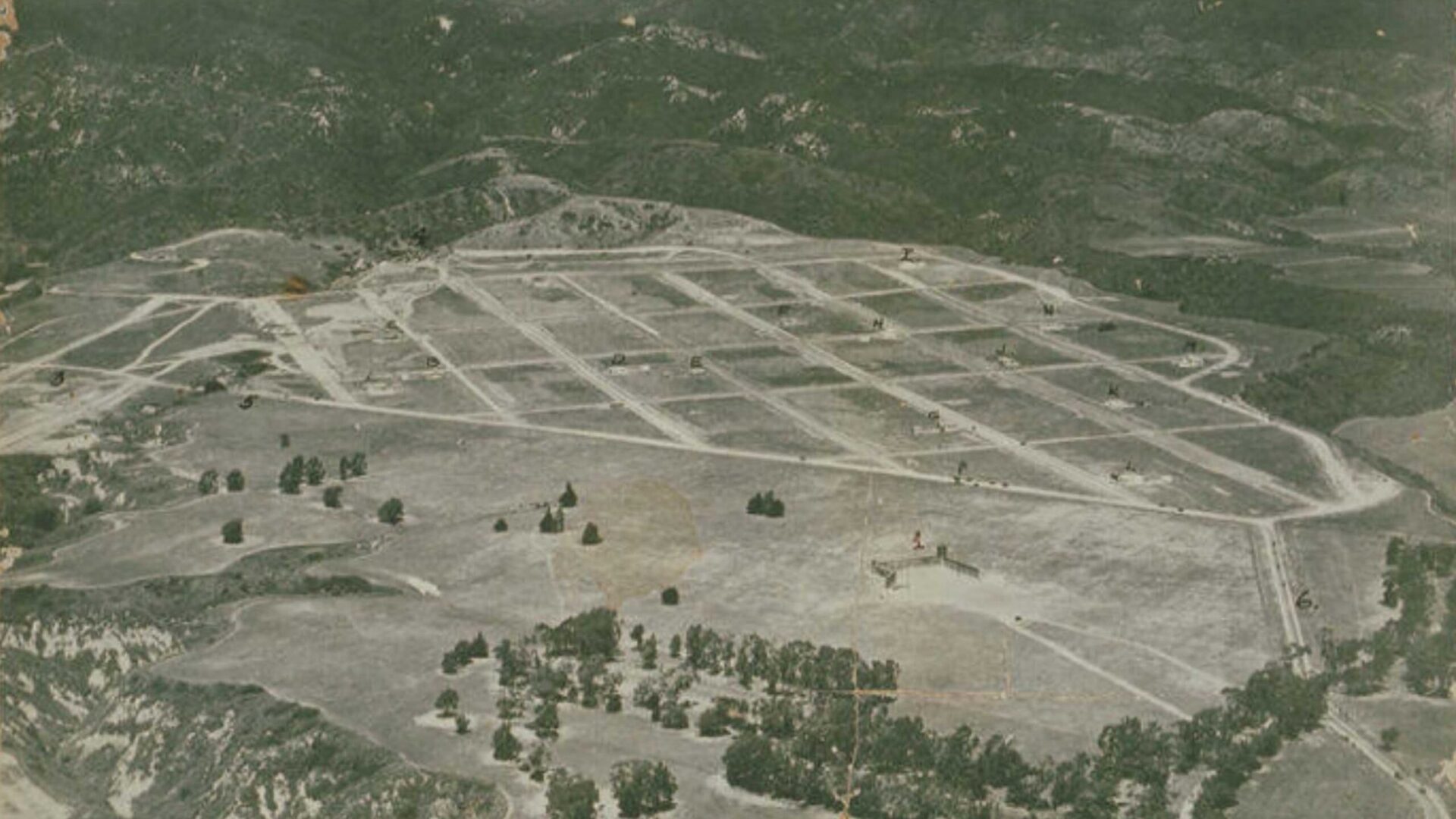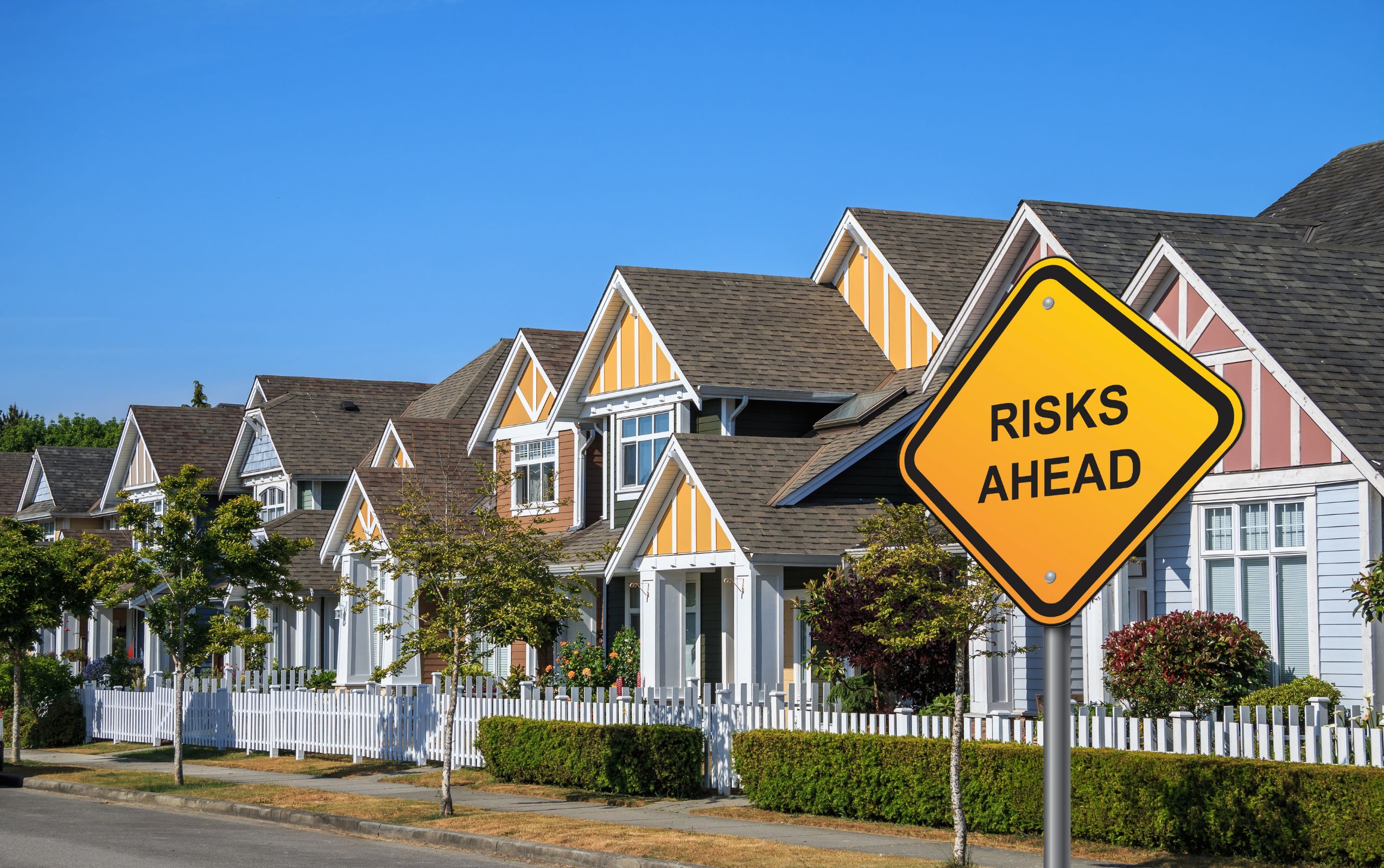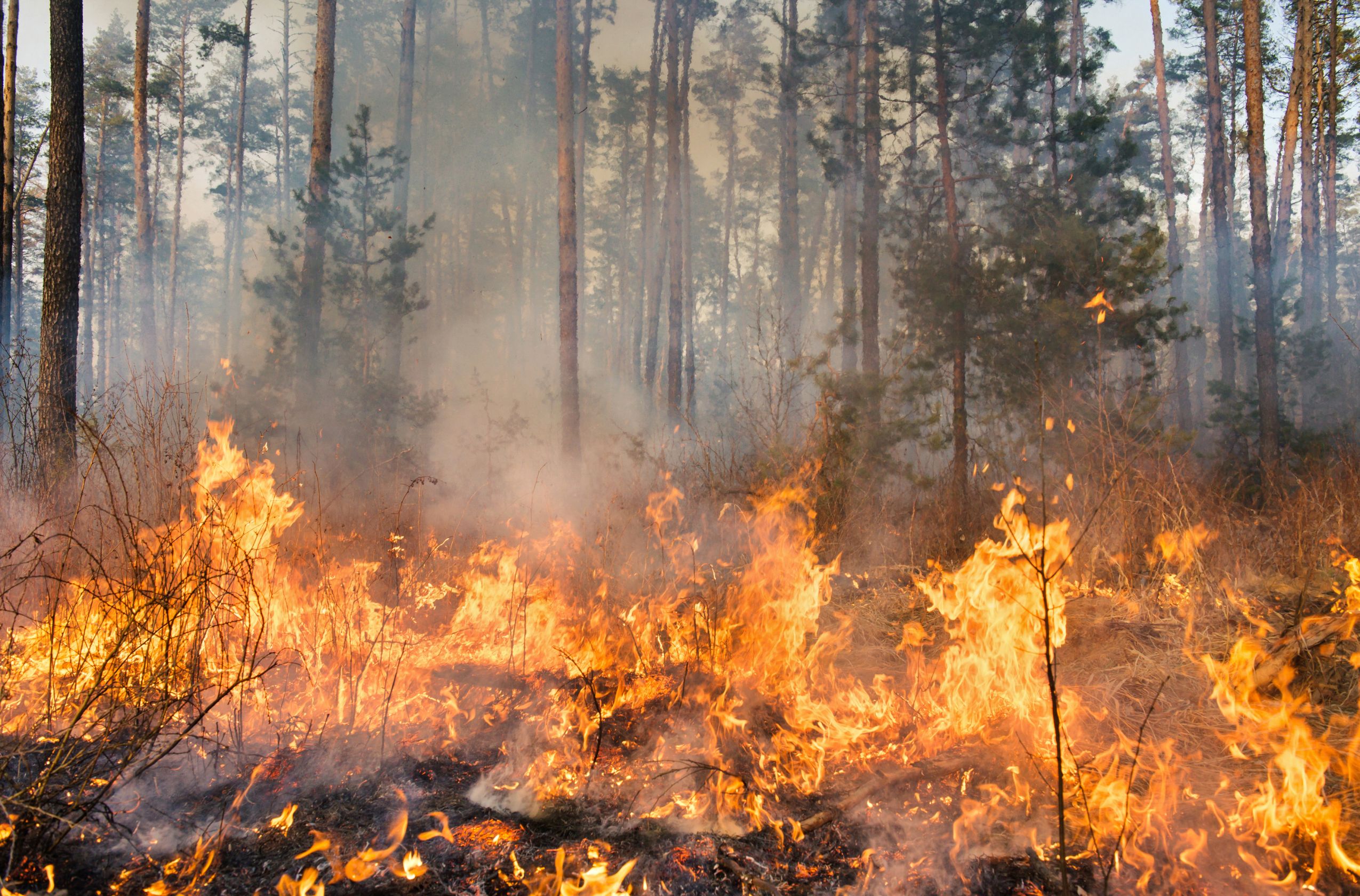An Introduction to the Pacific Palisades “Alphabet Streets”
The Pacific Palisades Association was founded in 1921 by the Methodist Episcopal Church. They envisioned a community that ultimately could accommodate more than 20,000 people, considering the area’s advantages of moderate year-round climate and the great variety of scenic views.
The first tract was laid out in a conventional rectangular plan between Bestor and what is now Sunset Boulevard from Chautauqua to Via de la Paz. It consisted mostly of dense, flat lots varying from 5,200 to 7,200 square feet on generally narrow streets.
The streets were named after Christian Church leaders of the 19th and 20th centuries and designated in alphabetical order, thus giving it the nickname “the Alphabet Streets”. Many people are unaware that the original appeal of these lots was to retired clergymen, widows and Christians of modest means.
Those who have wondered about the name Kagawa are surprised to learn that the Reverend Toyohiko Kagawa was revered as Japan’s greatest Christian leader. He visited Pacific Palisades in 1931. Ironically, he would not have been permitted to own a home here due to deed restrictions at that time which limited land ownership to Caucasians.
Growth and Popularity of the “Alphabet Streets”
From its beginning with about 100 homes by the mid-1920s, this neighborhood now has more than 880 homes and has grown in popularity due to its proximity to the Village shops, restaurants, schools, park, library, etc.
Long considered the neighborhood for “starter” families and originally offering bungalow homes with less than 1,000 square feet, the Alphabet Streets in 2020 have homes selling for an average of $3.8 million. A couple of homes which were around 7,000 square feet on 3 levels sold for more than $7 million. Investors are willing to pay between $2-3 million for most of the lots in this area because it is more favorable for building new homes than in many other Palisades neighborhoods.
The new Village block has added to the strong desirability of this area. Many people enjoy walking through the development’s numerous higher-end shops, places to eat, outdoor sitting areas, theater, etc.
Above: Aerial view of the “Alphabet Streets” in Pacific Palisades, with Potrero Canyon in the lower left and Santa Monica Mountains in the background.
Image Source: Santa Monica Public Library Image Archives





